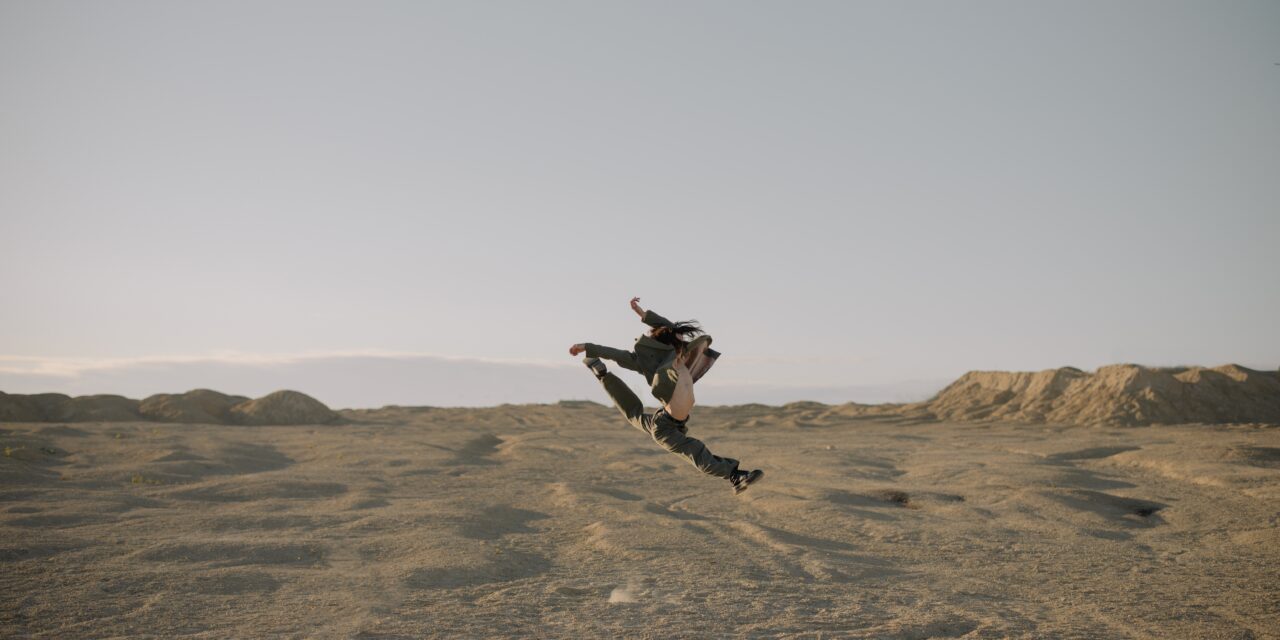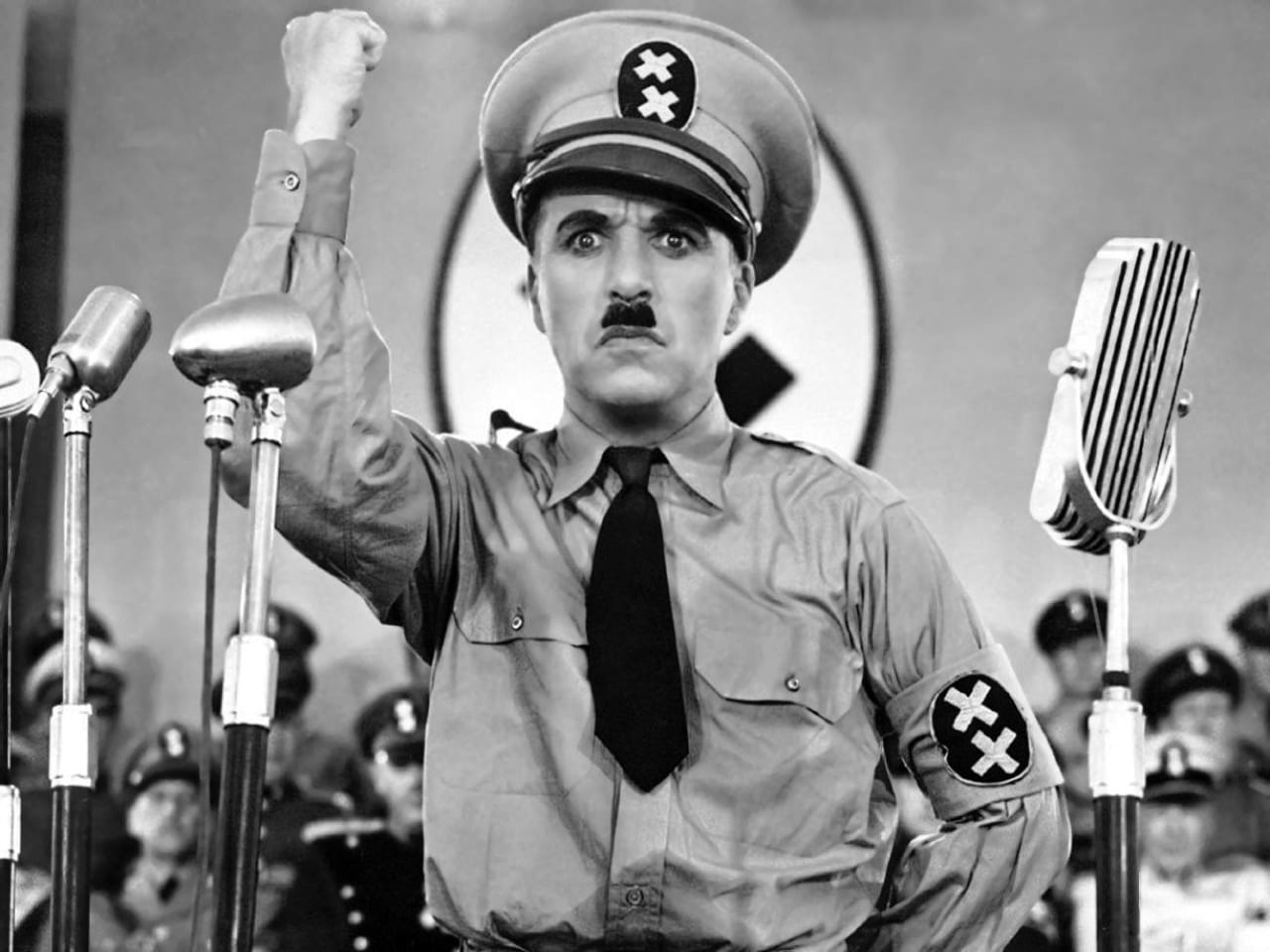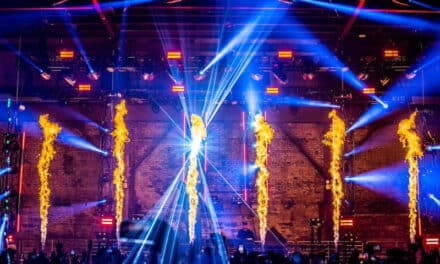For such a fluid art form, ballet can sure get stuck in the past. But now, dancers around the world are beginning to spark change.
Ballet has long been characterized by rigidity, tradition, and, by extension, strictly binary gender roles. On the rare chance that these are broken, it’s been for comedic effect, such as with the wicked stepsisters in the ballet version of Cinderella, or the world-famous Les Ballets Trockadero de Monte Carlo, an all-male comedic drag ballet company. A male or non binary artist dancing seriously en pointe has been almost impossible to find anywhere within classical repertoire.
Until now. With a broadening understanding of gender identity, and never-before access to social media, dancers are able to express themselves outside the confines of their schools’ and companies’ pedagogies. This freedom of self-portrayal is kindling a new approach to ballet, one which, in the words of Pacific Northwest Ballet School’s professional division student Ashton Edwards, allows dancers to explore dance “not based on [their] gender, but based on what [they] can do and who [they are] as a person, who [they are] as an artist.”
Edwards, who uses he/they pronouns, is one of the many dancers paving the way towards a more inclusive dance future. At just 18 years old, Edwards is making leaps in the field of ballet by training both en pointe and in the traditionally-dubbed “men’s technique” classes. More and more men and non binary people are beginning to take up pointework as an extension of their artistic practice, but the road to pointe success can be fraught.
Traditionally, as dancers progress in their training, girls begin pointe technique around puberty, whilst boys are whisked off to strength training and conditioning in preparation for pas de deux to come. This gendered divide plays out later on in the parts that dancers have access to in classical ballets: prince, princess, swan, nutcracker, soldier, village girl… and it can be challenging for dancers without pointe-specific technique training to catch up.
Moreover, companies often remain entrenched in the traditional ways of staging ballets, resulting in dancers being compartmentalized into a binary rather than free to explore all the different movements that their bodies can achieve. Even men and non binary dancers who are proficient in pointework frequently struggle to access pointe-specific roles, as directors and choreographers continue to see these as women-only parts.
However, emerging companies such as Ballet22 are working to break this mold. With a focus on inclusivity in all approaches to its dancers, Ballet22 is “inspired by a lack of representation and opportunities in the ballet field for mxn, transgender and non binary artists to perform professionally “en pointe”.” This new approach to ballet allows for artistic expression and creation which is not confined by archaic notions of gender, nor limits the dancers’ capabilities in relation to their gender identity.
Forerunners of this movement towards inclusive pointework include Chase Johnsey, a gender fluid ballerina who began his career with Les Ballets Trockadero de Monte Carlo. Johnsey, who uses he/him pronouns, made history in 2018 by dancing in the traditionally all-female corps de ballet with English National Ballet for The Sleeping Beauty. He’s currently the Artistic Director of Ballet de Barcelona, which will soon stage their production of Swan Lake, breaking tradition with gender-diverse swans.
American Ballet Theatre’s principal dancer James B Whiteside has also delved into the realm of pointework, both performing and choreographing professionally in the technique. Whiteside’s work, alongside that of many others, is proof that dancers finally are beginning to have the freedom to dance beyond the confines of traditionalist companies and critics, whilst at the same time holding some of the most coveted positions in the ballet world. This duality is hard-fought for, but with each bold bourrée these dancers sweep the dust off of their artform, moving towards a brighter future in which everybody is free to explore the movement they chose, be that in flat shoes, or en pointe.
Expanding the definition of “ballerina” is key to maintaining interest in ballet in the 21st century. Limiting the art out of some false sense of loyalty to heteronormative, whitewashed cisgender roles does nothing other than alienate the artists and the audience. Social media has been central in increasing the accessibility of the dance world, affording us all with an unprecedented perspective into what happens off-stage and in the studio.
But this alone can’t revitalize the artform, if companies and directors remain intent on musty tradition. Ballet crucially needs to shed these limitations, for its own self-preservation as much as for that of its artists. This change must come from the bottom up, with young dancers encouraged to try all forms of technique, rather than being confined and typecast by their gender expression.
Currently, classical ballet is at a turning pointe, thanks to the hard work of the myriad of artists striving to broaden the scope of who can dance en pointe. Artists such as Brian Syms (Director of Black Sheep Ballet), Christian Zuleta, Navaji David Nava, and Leroy Mokgatle (Béjart Ballet) are expanding this definition with strikingly gorgeous lines, mesmerizing, poignant technique, and pointe shoes to boot. We can only hope that this new understanding of ballet continues to spread, inspiring a generation of dancers to break the confines of tradition. When they dance, everybody should be watching.





